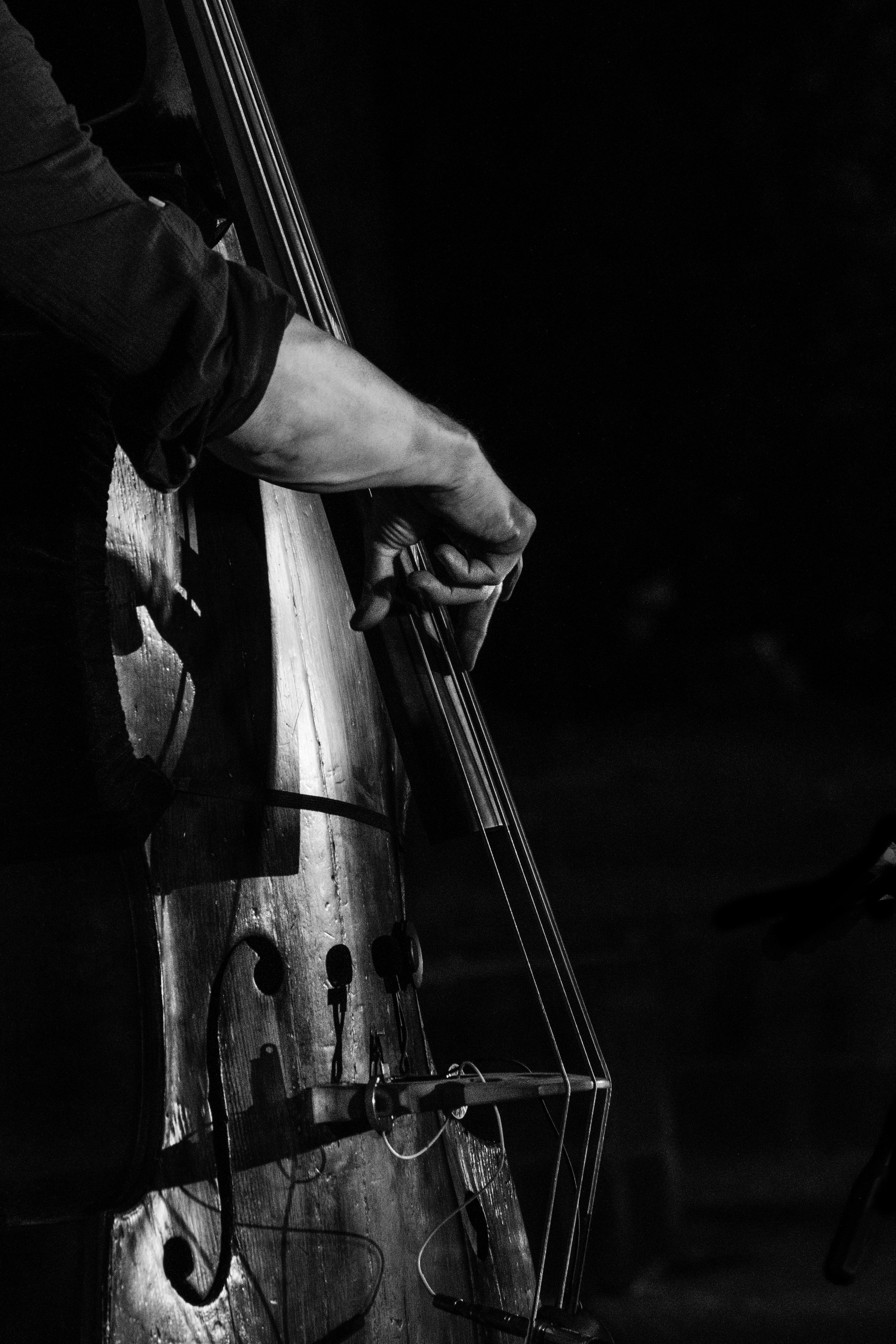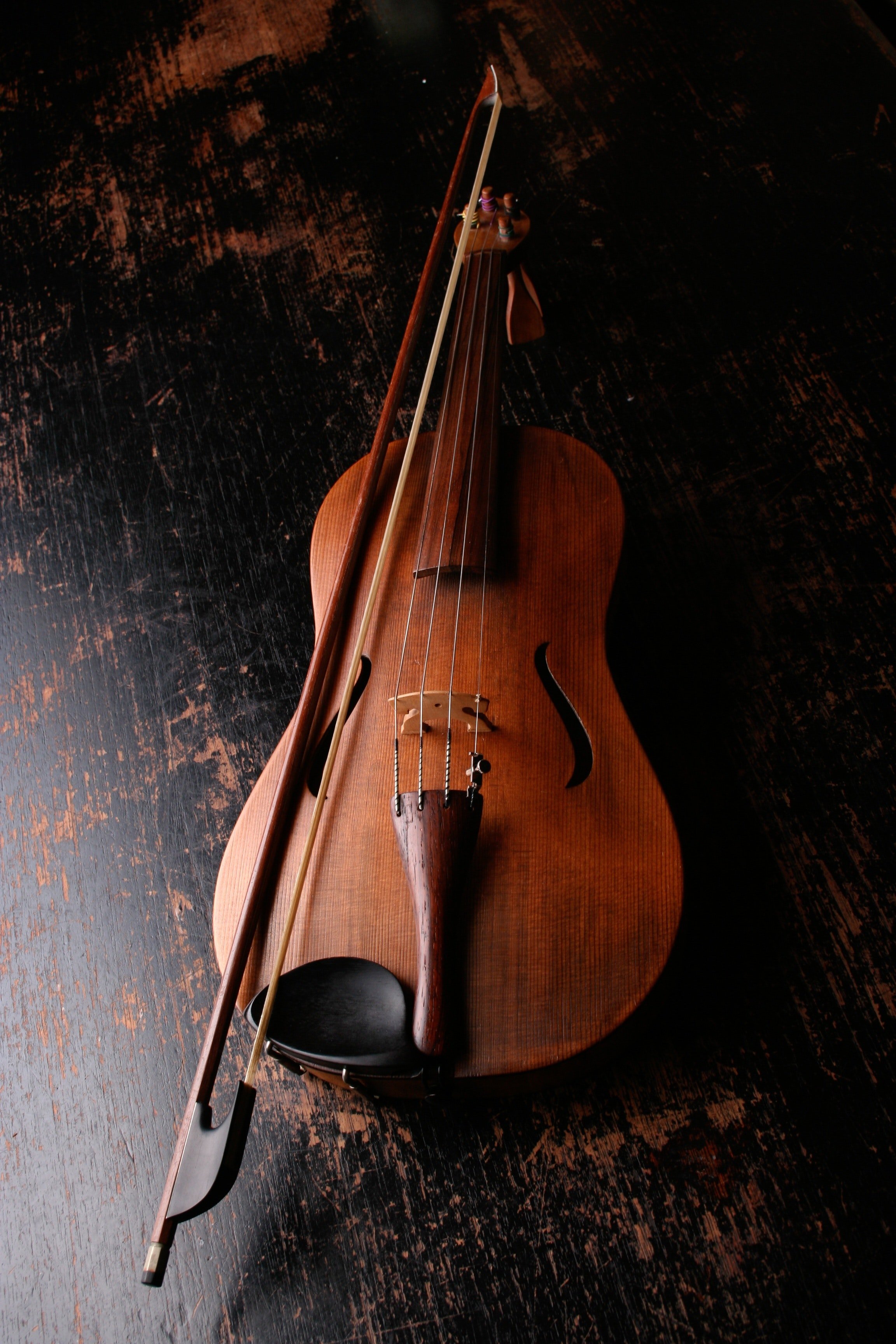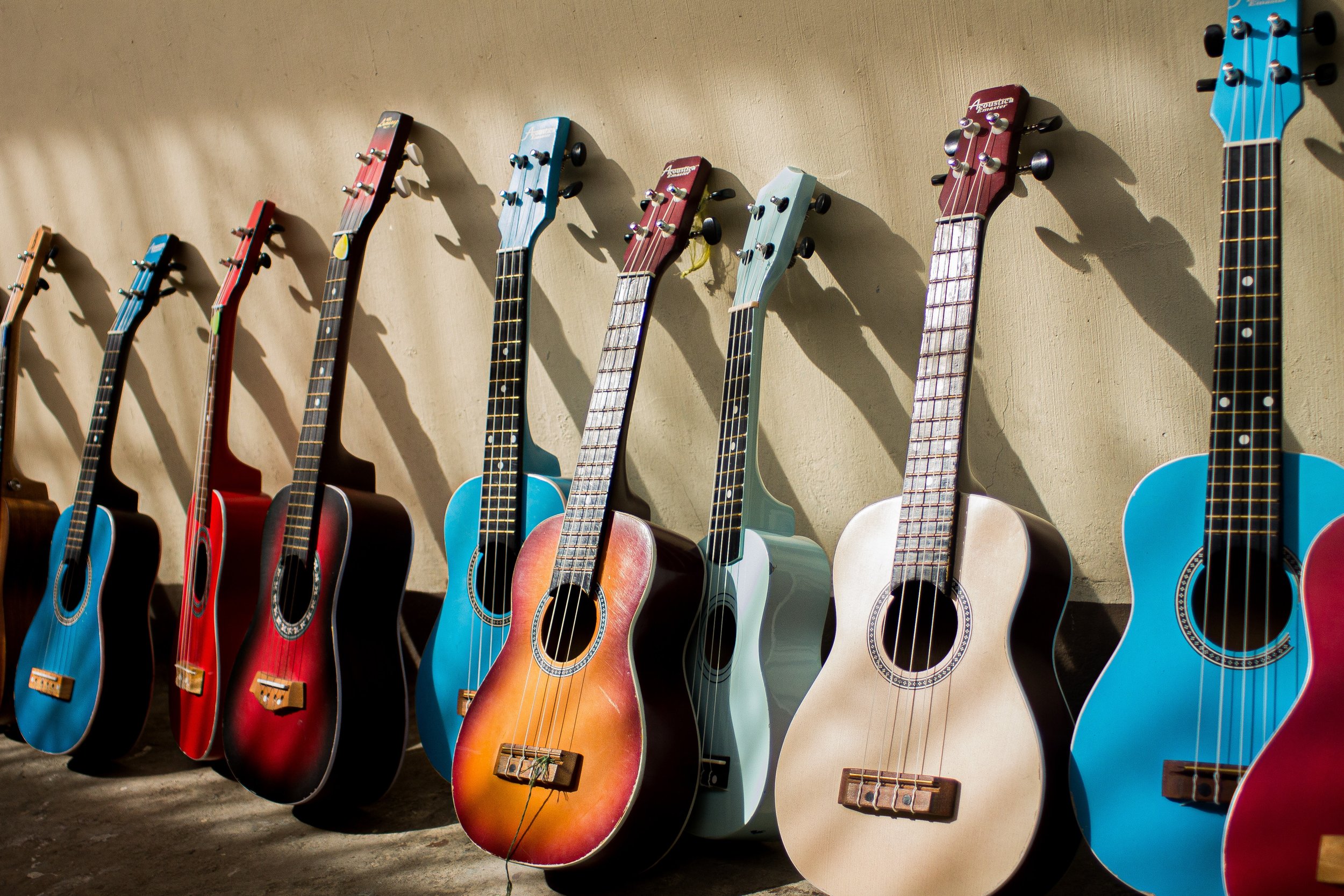Dancing To Voice: Evolution of Tango Singers
Lovers of Argentine tango know tango music like the back of their hands.
Tango dance becomes what it is because of the music!
However, looking deeper into tango music, we will learn that there’s a fracas between the tango singer and the dancer.
Is tango always sung?
Does the tango singer take something away from tango music that dancers would rather have?
Tango music was initially composed for social gatherings, driving people to the dance floor.
It started with three instruments: the harp, flute, and violin.
One instrument came after another until tango music relied on orchestras.
At some point, singers entered the scene, and tango music evolved.
This evolution also significantly impacted tango dance, and we’re here to discuss how.
Tango Music
Let’s take a trip down memory lane.
During the late 1800s and early 1900s, Buenos Aires was a cultural melting pot. Immigrants from Europe, Africa, and other parts of South America experimented with the music combination of European salon music and African rhythms.
Eventually, the Argentine and Uruguayan capitals fostered the new music genre.
According to MasterClass in “Guide to Tango Music: A Brief History of Argentine Tango,”
the first tango musician of note was Rosendo Mendizábal.
One of the first tango bandleaders was Vicente Greco, and he introduced the tango sextet ensemble.
Tango music first thrived with trios, encompassing the harp, flute, and violin. Sometimes, the trio would substitute or add more instruments, and the musicians only played intuitively. Later on, orchestras used the following:
Double bass
Guitar
Bandoneon
Violin
Flute and clarinet
Piano
Each instrument contributed to creating the tango genre.
As said by María Laura Diamante and Rosana Ghirardi in “Development of Tango Orchestras”:
“The dance drew on the “bordoneos” (strummed rhythms) from the guitar, “fiorituras” (flowery embellishments) from the flute, and the “pizzicatos” (staccato plucked notes) from the violin. With these elements, tango had what was regarded as naughty sound, which invited the dancers to be sensual.”
Traditional tango music soon established characteristics that set it apart from other music genres. When you say “tango music,” you recognize the following:
2/4 or 4/4 time signature
Heavy use of the tango rhythm
A rhythmic emphasis that’s angular, staccato
A strong influence of European classical dance music and Argentine folk music
Often performed by an orchestra
Tango lyrics were present but were superficial.
Moreover, instrumental tango music was more common. However,
tango music changed when Carlos Gardel released “Mi Noche Triste” in 1917.
Tango lyrics, usually in Spanish, and singing became essential elements, creating a divide between the tango singer and dancer.
Singing Tango
Carlos Gardel popularized singing tango, and he became the biggest star in tango music.
He also ushered in tango’s golden age, when US prominent bandleaders started noticing tango and incorporating songs into their repertoires. Moreover, some bandleaders wanted to preserve Gardel’s style, while others wanted to hold onto traditional ensembles. Others also went in the experimental direction.
We now have tango nuevo, more styles, and a long list of legendary tango musicians. More tango songs were composed with tango lyrics that usually talked about love, heartbreak, and life. Unsurprisingly,
tango singers somehow became the face of tango music.
Some tango dancers didn’t mind, but others did. Nonetheless, every tango singer contributed to tango culture.
Golden Age Tango Singers
According to Tango Allegria in “ARGENTINE SINGERS | The song in the Tango, the Tango-cancion,”
Carlos Gardel was a baritone singing about the dramas of everyday life.
He pioneered tango canción, a style focused on vocal melody and lyrics, and his untimely death started the golden age, with more tango singers following his lead.
Ignazio Corsini
Ignacio Corsini was a little less popular than Gardel while still alive. His career started with Argentine folk songs, and then he used his sweet, poetic voice to sing tango.
Hugo del Carril
Multi-talented artist Hugo del Carril admired Carlos Gardel and became a tango singer. He was a writer, director, and actor who rapidly became one of history’s most famous tango singers.
Enrique Campos
Inocencio Enrique Troncone from Uruguay became a famous tango singer as Enrique Campos. He was known for his incredible musical phrasing and sang with different orchestras.
Alberto Castillo
Alberto Castillo, a gynecologist, changed his career and devoted himself to singing tango. People loved him for his ability to interpret diverse themes with the tenderness and drama of his voice.
Raúl Berón
At 19 years old, Raúl Berón debuted with the Miguel Calo orchestra. He continued to grow as a tango singer and became a member of three outstanding orchestras.
Roberto Rufino
Singer-composer Roberto Rufino sang with famed orchestras such as Carlos Di Sarli and Miguel Calo. He was also a tango soloist, known as “El Pibe del Abasto” or “El Pibe Terremoto.”
Roberto Goyeneche
A bus driver on line 19 named Robert Goyeneche changed the tango music scene when he became an Argentine tango singer. He was loved for his interpretative qualities, which established his extraordinary career.
Tango Is a Woman
Traditionally, tango seemed to be a man’s world.
Evidently, all the names during the golden age were men. As said by Ashawnta Jackson in “How Women Singers Subverted Tango’s Masculinity”:
“Women were long prominent in tango, but not always in flattering ways.
Songs often portrayed them as “dangerous social parasites, betrayers of their old lovers, their barrio, their values, and their social class,” according to Pellarolo.”
However, as said by Latin American studies scholar Sirena Pellarolo, five words changed tango for the better:
“I am the tango, gentlemen.”
Argentine singer Azucena Maizani uttered these words when she introduced her performance. She aimed to provoke the audience, eventually helping to change tango culture.
In our article “FEMALE ARGENTINE TANGO SINGERS YOU MUST KNOW,” we shared that Azucena Maizani was the female counterpart of Carlos Gardel. She had over 270 recordings and several movie castings and compositions. Besides Azucena Maizani, other women tango singers also conquered the hearts of tango lovers:
Azucena Maizani was the female counterpart of Carlos Gardel.
She had over 270 recordings and several movie castings and compositions. Besides Azucena Maizani, other women tango singers also conquered the hearts of tango lovers:
Ada Falcon
Aída Elsa Ada Falcone, most commonly known as Ada Falcon, started her acting career at age 11. She became a soloist in 1925, having recorded about 180 times.
Tita Merello
Another iconic woman tango singer is Tita Merello, who worked in a club at age 12 and a showgirl at 13. She eventually became an actress who never felt ashamed of her past. Most of her works focused on films, but she also left the tango scene with outstanding records.
The Singer as the Star
“These tango singers have given us so much beautiful tango music. What’s wrong with having them?” you may ask. It’s unquestionable how these singers contributed to the tango culture. They’ve blessed us with the golden age of tango and inspired many more singers. However, singing tango is different from dancing it.
Tango Bohemia said in “Argentine Tango Music” that
we can classify tango music according to the following: instrumental and vocal, rhythmical and lyrical, slow and fast, energetic and melancholy, regular or simple and irregular or complex, and old and modern.
About the instrumental and vocal classification of tango music, they said:
“Some tangos are music without singing. Other tangos contain also singing, where music accompanies the singing.
Tangos without singing are instrumental, tangos with singing are vocal tangos or tango cantandos.
Some dancers flatly refuse to dance to tango cantandos. Of course this depends on the way a singer sings.
Singing which is integrated into the music will meet less opposition than too demonstrative singing, which only uses music as a background. Too demonstrative singing can be fun for a special occasion, but it soon might irritate the dancers. Whatever you do as a DJ, it is always wise to alternate (series of) instrumental tangos with (series of) sung tangos.”
Tango, when sung, becomes entirely different from instrumental tango.
It is the tango dancers who can feel this most, especially when the singing overpowers the instrumentation. Tango Bohemia also added:
“Rhythmical music is music in which the musicians clearly accentuate the music.
For dancers it is clear when to make the next step. Especially beginning dancers are fond of rhythmical music. D’Arienzo is super rhythmical, just listen to his versions of Eduardo Arolas’s Derecho Viejo or Enrique Delfino’s Re Fa Si and you know what rhythmical means.
Lyrical music is music with a less clearly accentuated pattern.
The musical theme in lyrical music is more relaxed, more freely interpreted.
Lyrical music is harder to dance to and poses more challenges to be creative.”
And besides this,
the tango singer becoming the star introduces tango music differently to non-dancers.
The singer becomes an individualist, and people would come for them rather than for the orchestra.
It’s not entirely bad. Maybe there’s something in the singer’s voice or how they sing right to the heart of the public. Or perhaps they have styles that simply captivate listeners. Singers also have their individual musical expressions and body language. Moreover, some singers don’t sing with the orchestra and create their own timing. The orchestra would either follow and change the whole piece or make the singer bounce back to the initial timing.
Some say that once the singer becomes a star, the songs become non-danceable.
The voice no longer aligns with melody and rhythm, and the dancers become the fourth party. However,
some tango singers like Hugo Mastrolorenzo go the opposite way and make every effort to follow the lyrics and the cadencia of the voice.
When the singer makes their voice a leading instrument instead of overpowering the other instruments, tango dancers still find the connection and know the tango dance like they always have.
Musicality in Tango
Tango musicality is undeniably complicated.
Some dancers were luckily born to feel the music and dance, but others, unfortunately, lack the skills. Nevertheless, everyone in the community must dedicate time to improve tango musicality. As said by Endre in “THERE IS SOMETHING YOU NEED TO KNOW ABOUT THE MUSICALITY OF TANGO”:
“To have a much deeper, more pleasurable experience, dancers should understand the structure of the music.
Even more so in tango! Understanding and knowing how to teach musicality is extremely important in tango. Vague instructions such as “feel the music” and “listen to the music” are not enough.”
Becoming a tango dancer involves mastering the structure of tango music. Generally,
tango music has predictively repetitive parts, so tango dancers must pay attention to these parts and use them as reference points.
Moreover, Ivica Anteski, in “The four levels of tango musicality,” said one must learn the following about tango:
The beat or rhythm
The segments
The melody
The sentiment
The emotions usually come after mastering the other three elements of tango music. One doesn’t have to understand tango lyrics to feel the emotion of a song.
Tango music speaks to the heart and soul, and you can interpret the feelings in your movements, no matter what they are.
So, if some tango dancers think tango songs are non-danceable when they become star-singer-oriented, does that mean they don’t have tango musicality? Not necessarily.
Dancing to Tango’s Voice
One fascinating thing about tango music is its many layers. Tango dancers can dance to each. A tango couple may dance to the guitar, the bandoneon, or the violin. They may even dance to the tango singer’s voice! However, all layers must blend together, creating a beautiful tango song. Kacey Link and Kristin Wendland said in “Faces of Tango”:
“In truth, tango is a multidimensional popular art form that encompasses dance, music and poetry. Distinct musical elements identify tango such as rhythm, instrumentation, phrasing, form, harmony and melody. Distinct dance elements visually define tango such as the embrace, a connection between partners and an expression of the music through basic steps and figures.
Distinct literary elements, often unnoticed outside of the Spanish-speaking world, also describe the tango, especially themes of sadness, lost love, betrayal, nostalgia, loss of innocence, the fallen woman, disillusionment and fatalism.”
Tango singers must understand how to become part of the orchestra and how their role fits into the production. They’re there to enrich the music, not to take it over.
Like tango dancers, they must interpret the music and express emotions through singing. An excellent tango singer doesn’t make tango dancers the fourth party.
The ultimate goal is to learn that everyone and everything in tango is a team, creating a harmonious world for everyone to love and enjoy.
Tango is all that and more!








